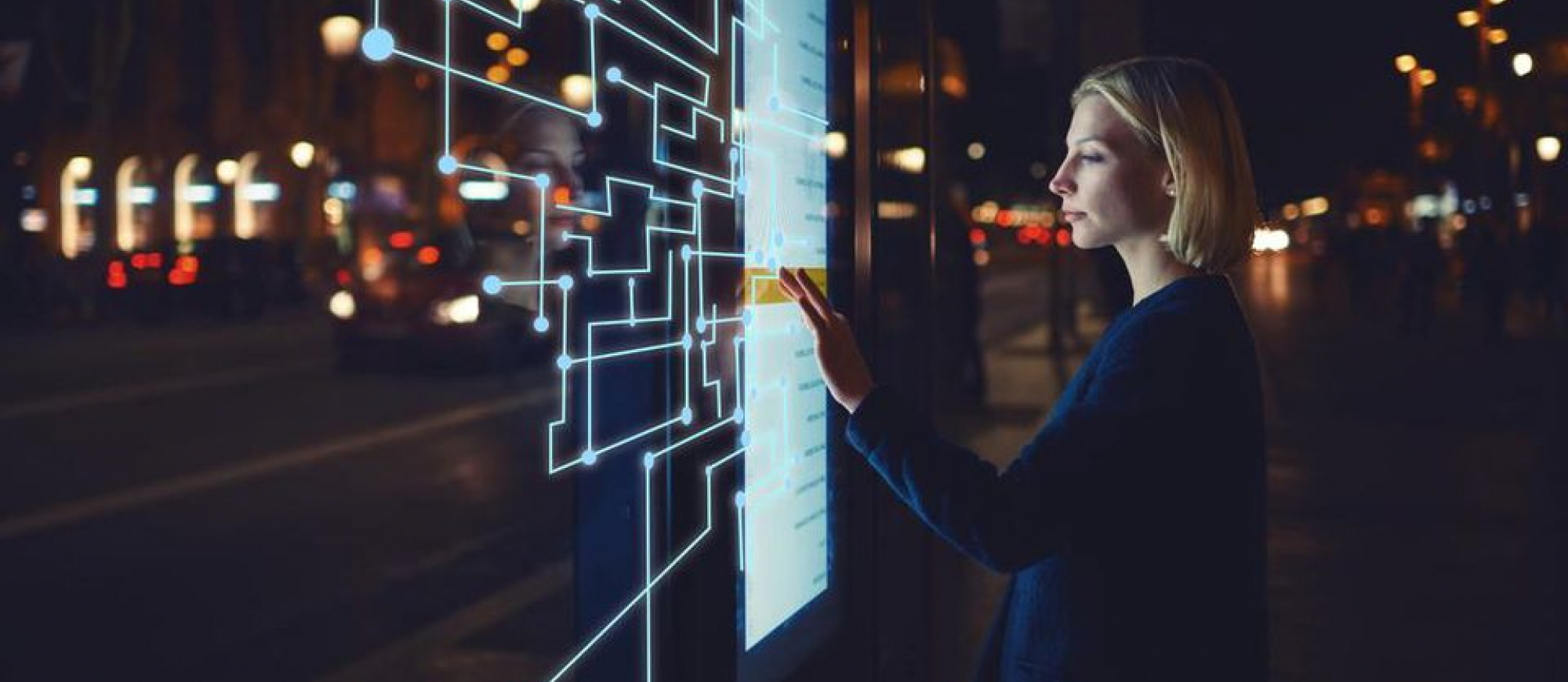For quite a while now, there's been great interest in smart cities. While there is no universally accepted definition of a smart city, the ultimate aim is to provide improved citizen services and a better lifestyle to urban dwellers.
In the quest to transform this ambitious plan into reality, governments, urban planners, engineers, and architects are collaboratively strategizing and leveraging new-age, digital technologies. These technologies that either immerse users into an altogether different, interactive and digital environment, have unique and compelling uses in smart cities, like the ones discussed below:
Navigation
Navigation apps are one of the most important tools for commuters in urban cities. These apps recommend the shortest routes, helping people to easily commute from one location to another in less time.
Today, if we get stuck while traveling to a new place, we take out our smartphones and open the navigation app for help. We have to look at our smartphone screen constantly so that we don’t miss out on any directions. The approach we follow is actually inconvenient and unsafe. AR can play an important role here. Rather than presenting users with a complicated map, AR uses the phone camera to get information on the user’s location. Those using an AR-based navigation app just move their phone around and AR uses an indicator to point out the right direction.
Disaster response
When a disaster hits, first-responders should have seamless and clear communication with others, involving proper information about current conditions, and prompt decision-making capabilities to provide appropriate guidance and help. AR tools can provide the best assistance and support for their needs.
Imagine when floods happen and people are stranded and need to be rescued. The rescue officers should be quickly and safely guided to the destination
Just by wearing an AR-based smart glass, officers can obtain in-depth information about the location, the stranded people, and the safest route to reach them. Further, AR can be used to train the rescue officers with interactive visual effects, helping them to experience real threats. Training like this can boost the officers’ confidence, which will help them carry out safe evacuation operations.
Education
Traditional learning approaches are deemed boring by 60 percent of students. These approaches are not only boring but also ineffective. The use of VR provides an exceptional and innovative way to increase knowledge retention for students.
Imagine students getting an opportunity to travel to remote geographic locations or to World War scenarios. Imagine them getting to touch a human organ in anatomy class or visiting some other planet in the solar system for physics lessons. That’s only possible with the power of VR. VR technology can, thus, make learning so easy and understandable for students, helping them rapidly grow in their career.
Urban Planning
Smart cities incorporate sensors, cameras, and actuators while building new structures or infrastructures. Smart cities focus on optimized use of space, making transportation easier, and also emitting less greenhouse emissions from buildings. All of these require extensive planning before the development process. Construction and structural engineers today use 3D drawing models and other visualization tools and technologies to create flawless architectural models.
With the help of VR, city planners can effectively check whether the built model fits the existing infrastructural contraints and space.
With the availability of affordable hardware and consistent Internet connectivity, augmented reality and virtual reality are becoming easily accessible for transforming city-related plans into reality. Having the potential to provide engaging experiences to users, augmented reality and virtual reality in smart cities have a tremendous ability to transform and revolutionize residents’ lifestyles.




